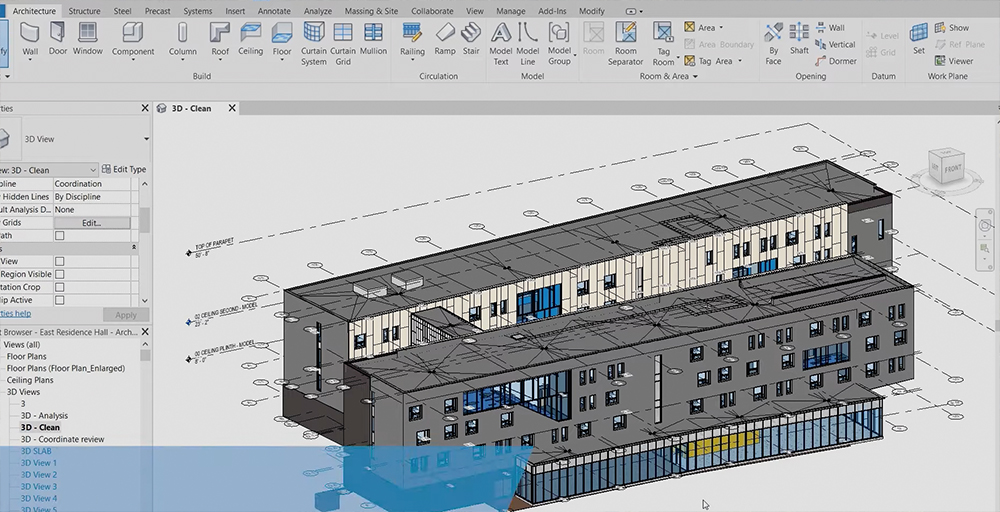


Nevertheless, using autologous bone is still considered the gold standard, but methods using osteointegration were synthetic porous implants guide the bone regeneration, call for an urgent need as well. Furthermore, there is a broad range on different used materials to close the defect, like acrylic as one of the most used ones or composite materials like hydroxyapatite-poly(methylmethacrylate) (PMMA) composites. The most common causes were surgical site infections, affecting eight patients (9.2%) and bone flap resorption in fourteen patients (19.7%). for example, showed that out of 87 patients, 37 (36%) suffered from complications, whereby even 22 lost their primary implant. It is also possible, that further complications occur resulting in a loss of the cranial implant. Even though the method is relatively safe, global intracerebral infarction can cause lethal results. Xiaojun Chen receives support by the Natural Science Foundation of China (Grant No.: 81511130089) and the Foundation of Science and Technology Commission of Shanghai Municipality (Grants No.: 14441901002, 1551072221908400).Ĭompeting interests: The authors declare no competing interests.Ĭranioplasty, were a defect or deformity of the cranial bone is repaired, is often performed because of traumas, infections, tumors or compressions due to brain edema. įunding: The work received funding from BioTechMed-Graz in Austria (Hardware accelerated intelligent medical imaging) and the 6th Call of the Initial Funding Program from the Research & Technology House (F&T-Haus) at the Graz University of Technology (PI: Jan Egger). Please see data hosted at Figshare at the following URL. This is an open access article distributed under the terms of the Creative Commons Attribution License, which permits unrestricted use, distribution, and reproduction in any medium, provided the original author and source are credited.ĭata Availability: All relevant data are within the paper and hosted at the public repository Figshare. Received: SeptemAccepted: FebruPublished: March 6, 2017Ĭopyright: © 2017 Egger et al. van Ooijen, University of Groningen, University Medical Center Groningen, NETHERLANDS (2017) Interactive reconstructions of cranial 3D implants under MeVisLab as an alternative to commercial planning software.
Autodesk impression 3 alternative software#
Finally, not to conform ourselves directly to available commercial software and look for other options that might improve the workflow.Ĭitation: Egger J, Gall M, Tax A, Ücal M, Zefferer U, Li X, et al. In a nutshell, our research and development shows that a customized MeVisLab software prototype can be used as an alternative to complex commercial planning software, which may also not be available in every clinic. The 3D printed implant can finally be used for an in-depth pre-surgical evaluation or even as a real implant for the patient. STereoLithography (STL), for 3D printing. The result is an aesthetic looking and well-fitting 3D implant, which can be stored in a CAD file format, e.g. Then, the user can perform an additional Laplacian smoothing, followed by a Delaunay triangulation. Therefore, the workflow begins with loading and mirroring the patients head for an initial curvature of the implant. As a result, the Computer-Aided Design (CAD) software prototype guides a user through the whole workflow to generate an implant. In doing so, a MeVisLab prototype consisting of a customized data-flow network and an own C++ module was set up. In this publication, the interactive planning and reconstruction of cranial 3D Implants under the medical prototyping platform MeVisLab as alternative to commercial planning software is introduced.


 0 kommentar(er)
0 kommentar(er)
